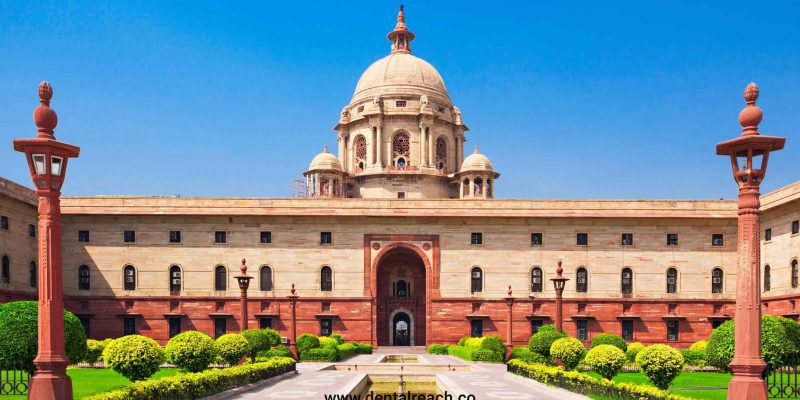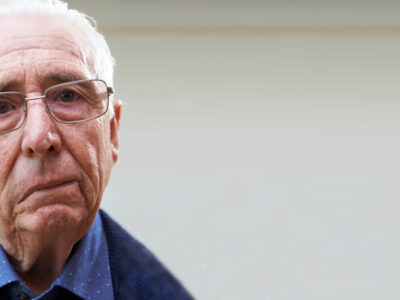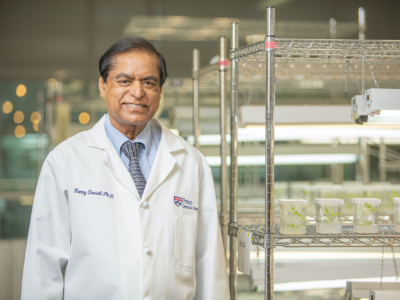The art and science of research has always been a see-saw affair as far as its progress is taken into consideration, especially in South East Asian countries, including India. The lack of expertise is not the only factor to be emphasised and stressed upon which has deciphered funding issues, but if we have a glance at the “Compendium of ICMR research papers (1919-2010) – A consolidation”, we can get a clear insight of the scenario.
As per the Compendium, it was heart pounding to find that research in the dental fraternity has not been given enough priority at all which is flashed from the paucity of ICMR published research works in dentistry
Surprisingly, one-third of dental schools in the world are in India, but our contribution to dental research is not even 1%. There have been numerous proposals and letters written in this regard to the Dental Council of India (DCI) as well as various universities running dental colleges in Indian states.
Uplifting the standard of dental research including several research activities in the Undergraduate, Postgraduate, Ph.D.; but unfortunately, the idea couldn’t be transformed from moth eaten pages to the practical world. The concerned authorities need to take initiative towards development of infrastructure for dental research, so that, India could catch up with the global standards of oral health & research.
Biggest lack of expertise can be exemplified by the fact that various journals are publishing exclusively for research work, short studies and evidence-based literature, fail to categorise Systematic Reviews and Meta-Analyses under the criterion of original research! One should understand that meta-analysis in the pyramid of various research methodologies lies at the top because it works on the principle of Randomised Control Trials (RCT) based studies, and these RCT are the best-acclaimed research methodologies existing in the field of literature.
Based on numerous studies that have been carried out so far in the regard to evaluate and assess the various obstacles and hindrances towards scarce funding in dental research, these reasons can be categorized as Financial and Training support related barriers and general barriers.
In order to outline the Financial and training support related barriers, basic clip arts include:
- Lack of fund/grant seeking proforma
- Refusal of various universities or individual colleges to grant funding aids to interested students and budding researchers.
- Unable to publish the research work done
- Lack of skills in critical analysis and methodology/conduct a study scientifically.
- Articles lacking quality to be accepted in international or pubmed indexed journals
Similarly, the time-related barriers can be summarized as:
- After time spent with clinical work, teaching and administration (for academic staffs) or clinical work and studies (for MDS & PhD students), there is no time left in work schedule to do research ideally.
- Research works to be conducted should be directly proportional to interest and inversely proportional to time constraints.
- Dental colleges should spare the staffs involved in research separately senior or junior scientists and research scholars
- Compensating personal lives and hours due to constraints from research areas and modalities.
However, the section of General Barriers towards scarce funding in dental research includes:
- Publishing results of research in academic journals is not important according to many researchers
- The quality of scientific work and research is good, but it’s not accepted in International Journals; editors and editorial boards are unfair to Indian authors.
- Working on unfair modifications and manipulations to avoid leading up with negative results.
- Promoting research is not important to the maintenance of dentistry according to professors in India.
Enlisting the above problems, hindrances, obstacles leading to scarce funding for dental research in India has always been challenging for the growth of research fraternity in our country and finding a solution to it is still a question mark to the new horizon!




















Comments